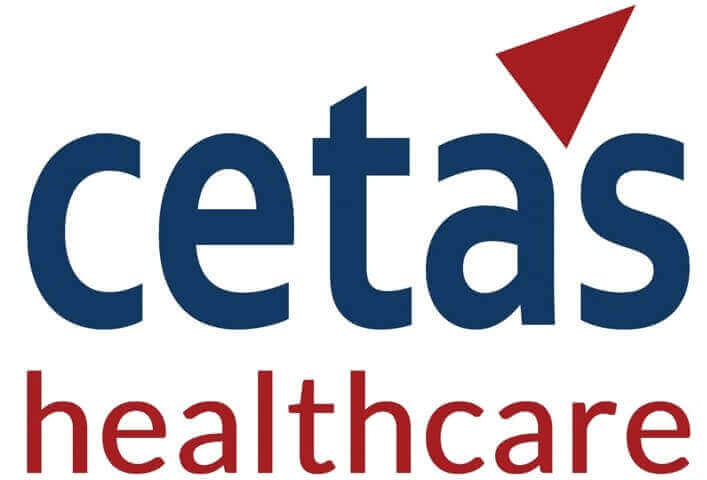X
In the dynamic arena of medical device regulation, clinical evaluations play a pivotal role in assessing the medical devices’ safety, performance, and effectiveness. A crucial component of a comprehensive Clinical Evaluation Report (CER) is the state-of-the-art section. This article explores how an effective state-of-the-art section can significantly contribute to creating a strong CER while aiding reviewers in gaining a deeper understanding of the medical field and the associated products.
The state-of-the-art section provides a comprehensive overview of the current medical field and the relevant products available. It encompasses the most recent advancements, treatment modalities, technologies, and regulatory landscape about the specific medical device under evaluation.
In conclusion, the state-of-the-art section serves as a crucial component of the clinical evaluation process and contributes significantly to the creation of a robust Clinical Evaluation Report (CER). Moreover, it plays a vital role in enhancing reviewer understanding by providing necessary context, facilitating comparative analysis, and supporting comprehensive risk-benefit assessments. To ensure the effectiveness of the state-of-the-art section, regular updates, and revisions, along with the collaborative involvement of subject matter experts, are essential. Emphasizing the importance of a well-constructed state-of-the-art section in the clinical evaluation process ultimately fosters a better understanding of the medical field and the associated products, leading to improved patient safety and outcomes.


We provide the best insights for your business
